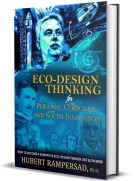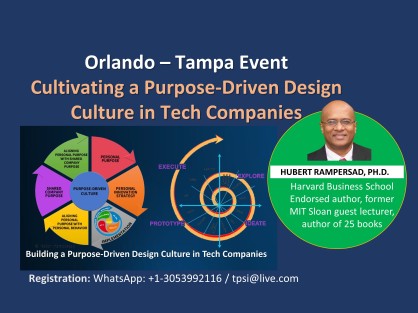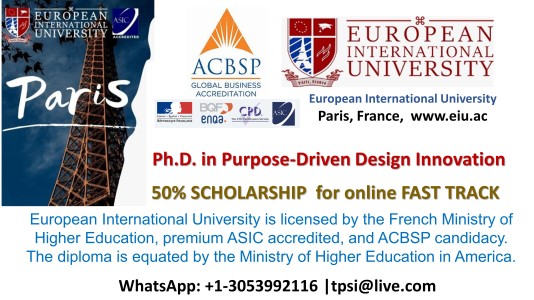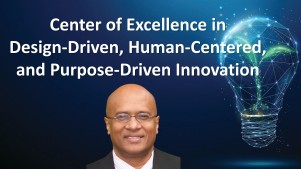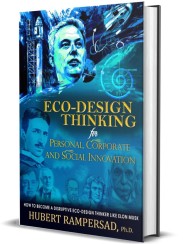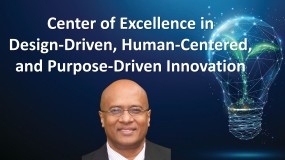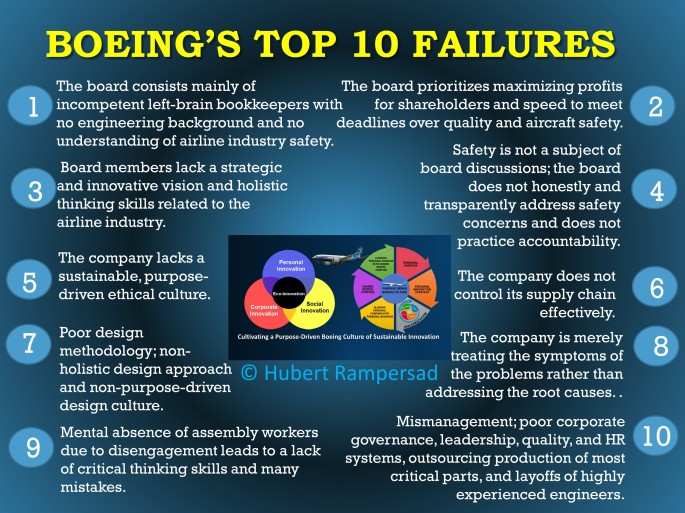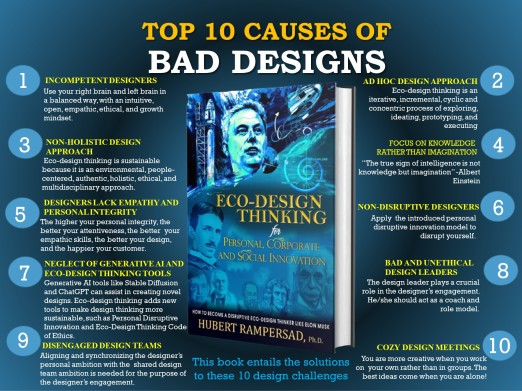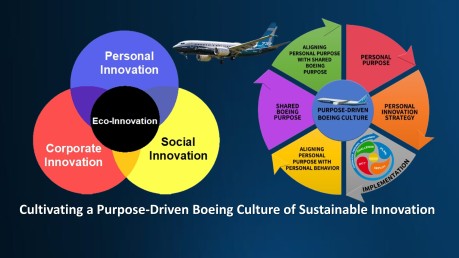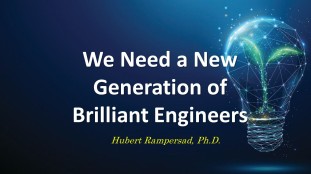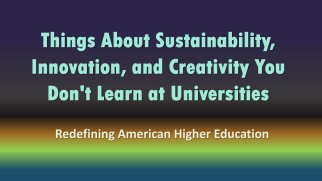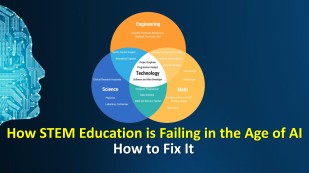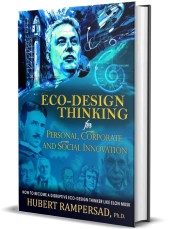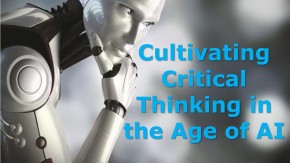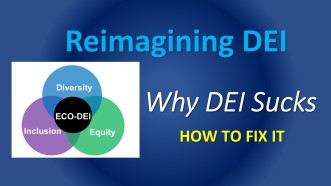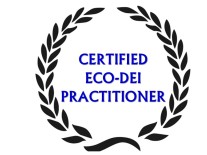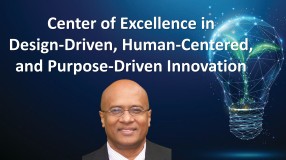There have been significant protests at American universities in solidarity with Palestinians and against Israel’s war on Gaza. At Columbia University, the police conducted a raid, resulting in the arrest of hundreds of students. Students at the University of Texas at Austin have also taken part in protests. The protests are not limited to Columbia University and UT Austin. Other American universities, including UCLA, have also seen demonstrations related to the conflict. These protests have drawn national attention and highlight the impact of the ongoing conflict on college campuses across the United States.
In American universities, a deteriorating culture and mismanagement by university boards often occur under the guise of freedom of speech. These institutions prioritize profit over purpose-driven values, allowing anti-American ideologies to infiltrate their campuses. Consequently, academic standards decline and confidence in these universities is low. Moreover, they fail to provide students with character-forming experiences essential for a free and flourishing society. The influence of professors and external factors contributes to the radicalization of students.
American universities should re-embrace the promotion of American values and character, which have waned in recent years. The shift away from these values in higher education has had a direct impact on our society. To address this, universities must actively foster a diverse range of ethical perspectives both inside and outside the classroom. This involves designing curricula that expose students to various topics and viewpoints, as well as hiring professors who encourage critical thinking rather than prescribing specific beliefs. Schools should uphold unwavering academic excellence, with integrity and empathy as foundational principles. Additionally, international programs can broaden students’ horizons and instill humility by exposing them to different cultures. Creating a campus culture that celebrates character development, discipline, mutual respect, and open dialogue is crucial. As a society, we risk decline if we lose our ability to think critically and engage in constructive, civil discussions.
Holistic model for restoring the higher purpose of American universities
American universities have failed to restore their higher purpose and to develop good character in their leaders, faculty, and students. In this article, I provide a holistic model to realize this sustainably, as shown in this diagram. It will aid American universities and colleges to cultivate a purpose-driven institution sustainably.
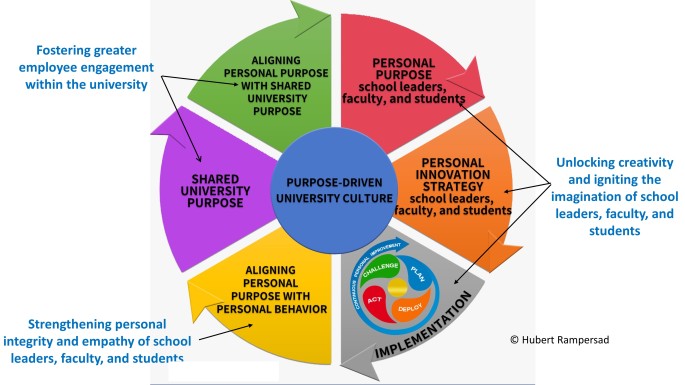
This holistic, never-ending, purpose-driven cycle entails six stages:
- Developing the personal purpose of school leaders, faculty, and students entails the foundation for developing their authenticity, integrity, empathy, emotional intelligence, critical thinking skills, and character. Personal purpose is associated with ethical and emotionally intelligent individuals with a sense of direction.
- Formulating the personal innovation strategy of school leaders, faculty, and students; this strategy entails a roadmap to translate their personal purpose into measurable actions.
- Implement and cultivate their personal innovation strategy according to the Plan-Deploy-Act-Challenge cycle to continuously improve and purposely manage themselves.
- Aligning the personal purpose of school leaders, faculty, and students with their behavior and actions to cultivate their personal integrity and empathy skills;
- Developing the shared university purpose is about what the university stands for, its reason, and how it benefits society. Shared purpose entails the organization’s soul and joint mission, vision, and core values.
- Aligning the personal purpose with the shared university purpose creates uniformity of personal and university values. Matching these two purposes is essential for achieving an ethical, cohesive, unified university and a happy, engaged, committed, and passionate workforce. It’s about aligning the objectives of school leaders, faculty, and students with those of the university and fostering mutual value addition.
This model includes several key elements, such as fostering authenticity, integrity, a sense of purpose, and empathy among school leaders, faculty, and students and integrating sustainability into the curriculum. By following this framework, universities can create a culture that benefits their bottom line and contributes to the greater good, and school leaders, faculty, and students will be genuine and true to themselves. Below, I will elaborate on each of the six stages in the model.
Personal Purpose
Having a higher purpose in life means you’re living your values and beliefs. Finding your higher purpose is discovering who you are, what you stand for, what matters to you, and what you can contribute to the world. When someone feels that his life lacks purpose, he may struggle to find motivation and direction. This can lead to a sense of detachment from his values and a lack of inspiration to enrich his life and those around him. Finding motivation and direction can be easier when you have a purpose in life. This will inspire you to become more effective, ethical, and fulfilled. Having a purpose in life will inspire you to discover ways to become more creative, imaginative, and innovative. Life is never richer, fuller, or more rewarding than moving faithfully and persistently toward a compelling purpose. I therefore advise school leaders, faculty, and students to formulate their personal purpose statement. Remember what Elon Musk said: “Don’t even attach yourself to a person, a place, a company, an organization, or a project. Attach yourself to a mission, a calling, a purpose only. That’s how you keep power and your peace. It worked pretty well for me this far”.
Your personal purpose entails your identity (mission) and dream (vision). Your dream is related to a higher calling. Everyone has a higher calling, a so-called inner assignment. One must be aware of this higher calling and have the courage to follow it. Once you discover the core of your nature, your higher self, and who you really are, you will find it possible to make every dream come true. By discovering and formulating your higher self, you will become visionary, innovative, disruptive, and empathic, unleash your creative potential, and realize you have something unique. Your job is to know what that is and to work at it with passion and love.
Personal mission is aimed at being, and personal vision is aimed at becoming. Your personal mission inspires you, and your personal vision motivates you. Your mission and vision statement (personal purpose statement) embodies your values. Your personal mission encompasses your philosophy of life and your overall objectives, indicating who you are, the reason for existence, why you are on earth, what your purpose here is, what you stand for, what values you are most committed to, what is decisive for your success, what is your life purpose, what do you live for, what are your core beliefs, what are your deepest aspirations, what makes you happy, and what do you do that you are most proud of. Your personal mission is your personal leading light, keeping you steadily in the course of your dream. “Who am I?” is an identity question. It initiates self-examination of your personal identity (the unique position you find yourself in) and a voyage of discovery. My mission is: “Enjoy the freedom to unleash the creative potential in others, especially if this can mean something in their life.”
Your personal vision statement is a description of how you want to realize your dream in the long term. It indicates where you are going, which values, beliefs, and principles guide you on your way, why you are involved in the design industry, what you want to achieve, what you desire for your life, what your long-term intentions are, what talents, skills and experiences you need to add value to your others, where you want to be at the end of your life, what you hope to become, where you would like your life to be headed, the ideal characteristics you want to possess, your perfect job situation, and what you like to be. Ask yourself these questions and answer them honestly. Also, identify the attitudes you need to change and understand how to make your values relevant to others. Your personal vision takes care of the inner guidance and determines your actions to reach the most desired future. It functions as an ethical compass that gives meaning to your life.
Your personal vision gives direction to your mission and efforts. A possible way to formulate your personal vision is by asking yourself where you have added value to others and made a difference. Write them down, develop a list of values that identify who you are, and narrow these to a few of the most important ones. Your values are the principles by which you live your life, affecting how you think, feel, behave, and make decisions. It is about what you believe, what you are willing to do to achieve your mission, what is important to you, what you hold to be true, and what you respect. My vision statement is: “I want to realize my mission in the following ways: Enjoying physical health and being imaginative; being empathic; being creative and innovative; and achieving financial security.” According to Elon Musk, the thing that drives him is vision. He said, “I think having an inspiring and appealing future is important. There must be reasons you get up in the morning and want to live. Why do you want to live? What’s the point? What inspires you? What do you love about the future?…. In college, I wanted to be involved in things that would change the world.”
Please click on this link to view my personal purpose statement, which also outlines my values and beliefs. You should formulate your personal purpose excitingly and persuasively and make it visible. The biggest problem most people face is writing it down. Take the time to write it down based on your answers to the questions in this framework.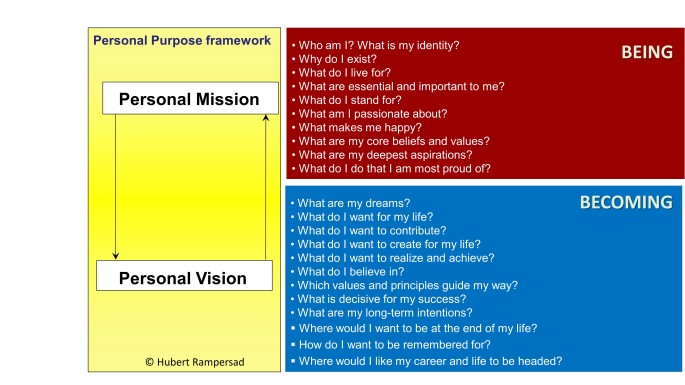
Ask yourself these questions and answer them honestly. By practicing breathing and silence exercises, you can better connect with your inner self and find answers to these questions. This will help you to discover your higher purpose. Read “How Mindful Meditation Boosts Critical Thinking in the Age of AI and “Crafting Your Authentic Personal Brand: A 5-Step Guide”.
Through this process, you’ll cultivate self-knowledge, self-awareness, self-management, and self-learning, which entails a journey toward personal disruptive innovation, as shown in this diagram:

Your purpose is associated with your inner freedom, need, motives, and conscience. You realize your principles through your conscience, which can be effectively rendered through your talents. Thus, you can give direction to your life and create your future through your purpose. Personal purpose is a set of guiding principles that clearly state your dream, where you are going, who you are, what you stand for, what makes you unique, and which key roles you fulfill in life and business. It’s an individualized constitution on which your life and behavior are based. This, in turn, forms the basis for determining your decisions about what you want to achieve and the meaning of your life. Formulating your personal purpose is a spiritual search for your identity and a voyage toward realizing your related dream. It includes a collection of challenges and ethical starting points that form the context for your actions. And the key to action is understanding yourself. Through your personal purpose, you will become a critical thinker and become more creative, proactive, disciplined, empathic, ethical, and responsible for yourself. Your personal purpose allows you to express your ability, dream, intentions, identity, ideals, values, and driving force and gain more insight about yourself. This self-knowledge influences your attitude toward others, empathic behavior, and emotional intelligence.
By formulating your personal purpose, you raise a mirror to yourself and strike a personal note in terms of self-examination. The changes in the thinking process and mindset are meant to prepare you for action, set you in motion, and create inner involvement for the things you love. Based on insights acquired through this process, you will also become more self-assured and work smarter through self-learning and self-knowledge. You become more creative and innovative as you grow more conscious of yourself—your real character, inner processes, and driving forces. To fathom your life and get a better self-image and greater self-knowledge, together with challenges, your learning ability gets greater. This leads to inner harmony, the foundation for personal disruptive innovation. Remember, the more innovative you want to be, the more you should develop self-knowledge.
Consciousness
Your personal purpose is related to self-awareness and self-regulation. Self-awareness is recognizing and understanding your strengths, weaknesses, needs, values, ambition, moods, emotions, drives, and their effect on others. Self-regulation is controlling or redirecting disruptive impulses, feelings, and attitudes. Self-awareness and self-regulation impact personal integrity, empathy, self-confidence, trustworthiness, and willingness to learn. It is an inner, spiritual learning process related to emotional and spiritual intelligence. This internal process starts with self-knowledge or knowing, which is necessary to develop a higher level of consciousness. The more conscious you are, the easier it is to find your higher purpose. Remember what Elon Musk said- “I concluded that we should aspire to increase the scope and scale of human consciousness to better understand what questions to ask. Really, the only thing that makes sense is to strive for greater collective enlightenment.” Conscious people are guided by fundamental principles that serve as a moral compass, shaped over a lifetime of introspection. These principles have personal integrity, honesty, and fairness as their magnetic north and are grounded in consciousness. Remember: “Personal integrity and honesty are two important values to uphold, but they differ. Honesty is about telling the truth to others, while personal integrity is about being truthful to yourself and staying true to your values and principles. It’s important to be honest with others, but it’s more important to be honest with yourself and live your life by your beliefs, values, and purpose” — Hubert Rampersad.
Introspection and self-reflection
The biggest hindrance to developing self-knowledge is our own thinking. Most people don’t spend much time thinking about their life. I have introduced a breathing and silence exercise that will assist you in turning your attention inward, give you control over your awareness, let you think deeply, and create an atmosphere in which you can listen attentively to your inner voice. Through the breathing and silence exercise, you will discover your ability and get a better hold on your life as your self-awareness increases. Especially in this age of AI, individuals need to be engaged in deep thinking, introspection, and self-reflection. This will also strengthen their leadership and critical thinking skills. University leaders should coach their faculty, and faculty should coach their students in this process. This will also help them cultivate critical thinking skills. The future of work will involve humans collaborating with AI to accomplish tasks more ethically, efficiently, and productively. Because current AI systems excel at imitation but not innovation.
Personal Innovation Strategy
To bring your purpose alive, you must translate it into measurable actions. School leaders, faculty, and students should formulate their personal innovation strategy to get their personal purpose to life. This is a roadmap to developing a growth mindset, authenticity, integrity, empathy, and critical thinking skills. Without continuous improvement based on your personal innovation strategy, you won’t be successful in life and business. The following are the five steps to develop your personal innovation strategy: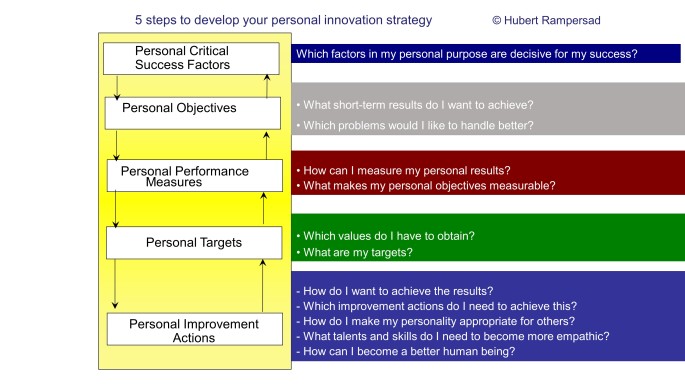
Your personal innovation strategy helps you turn your personal purpose into manageable, measurable objectives and milestones in a balanced way. Using this strategy, you can effectively manage your time and become more disciplined, proactive, innovative, and empathetic. Please click on this link  to view my personal innovation strategy. Suppose you want to learn more about this personal innovation strategy system. In that case, I recommend reading my articles “How to Redesign Your Life Based on Your Personal Innovation Strategy” and “Cultivating Critical Thinking in the Age of AI.”
to view my personal innovation strategy. Suppose you want to learn more about this personal innovation strategy system. In that case, I recommend reading my articles “How to Redesign Your Life Based on Your Personal Innovation Strategy” and “Cultivating Critical Thinking in the Age of AI.”
Implementation According to the PDAC Cycle
Once you have established your personal innovation strategy, it is essential to consistently implement, maintain, and cultivate it to effectively manage and challenge yourself in your personal and university life. To aid you in this process, I recommend following the PDAC cycle (Plan-Deploy-Act-Challenge), which is a continuous improvement cycle that will help implement your personal innovation strategy effectively, as illustrated in this diagram:

Implementing your personal innovation strategy through the PDAC cycle will lead to self-awareness, happiness, personal disruption, and enhanced authenticity, integrity, empathy, and critical thinking skills. It’s important to regularly update your strategy and repeat the cycle to stay current with new challenges and lessons learned. These 50 tips will assist you in implementing your strategy effectively.
Aligning Personal Purpose with Personal Behavior
The next stage ensures harmony between your purpose and actions, aligning your deeds with your conscience. Our conscience is the inner voice that guides us to distinguish between right and wrong, fact and fiction. By listening to this voice, we can gain better insight into our empathic behavior, strengths, and weaknesses, ultimately impacting our solidarity with others. Albert Schweitzer once said: “The first step in the evolution of ethics is a sense of solidarity and empathy with other human beings.” This diagram illustrates this personal integrity concept.
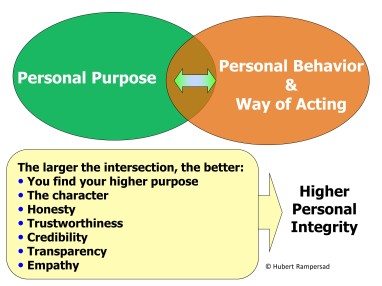
To enhance empathy and personal integrity, aligning your personal purpose with your behavior is essential. This involves achieving more excellent compatibility between the two elements so that they are in harmony, as shown in the above diagram. When your personal purpose and behavior match, you can work authentically and purposefully without internal conflicts. This will lead to greater empathy, enhanced charisma, transparency, and trustworthiness.
Personal integrity and empathy
I advise school leaders, faculty, and students to balance their personal purpose with their current behavior and actions to develop personal integrity and empathy. During this alignment process, they must reflect honestly on the following questions: What are my personal values, and how do they align with my actions? How can I ensure that my actions are consistent with my values? What are the potential consequences of my efforts toward others? How can I empathize with others and understand their perspectives? Am I staying true to my values and conscience in my actions? Are my thoughts and actions aligned consistently? How do my values and intentions relate to my current behavior? Is there congruity between my thoughts and my actions? Am I always acting according to my personal ambition and empathetic nature? Does my personal purpose reflect my desire to work with ethics and empathy? Are there any discrepancies between my personal purpose and my compassionate actions? Do I keep the promises I make to myself? How do others perceive me and my values? Do they see me as someone who stays true to my core beliefs and remains authentic to myself? They must also ask themselves: Have I always acted by my conscience? Have I always done what was right? Have I always worked morally? Have I performed compassionately regularly?
Shared University Purpose
The shared university purpose statement differs from a personal one, but the fundamental principles remain the same. The shared university purpose entails the university mission, vision, and core values to inspire school leaders, faculty, and students toward a common goal. The mission encompasses the university’s identity, while the vision is its long-term dream, based on several core values used to strengthen the single-mindedness of its people. The related questions are included in this below diagram: 
Harvard University’s shared purpose: The university’s mission is to educate the citizens and citizen-leaders for our society through the transformative power of liberal arts and sciences education. The university’s vision is to set the standard for residential liberal arts and sciences education and to create and sustain the conditions that enable all Harvard College students to experience an unparalleled educational journey that is intellectually, socially, and personally transformative. Harvard University aspires to provide education and scholarship of the highest quality — to advance the frontiers of knowledge and to prepare individuals for life, work, and leadership. The university’s values are to be committed to excellence, to be open to new ideas, to be diverse and inclusive, to be respectful of the rights and dignity of others, to be accountable for actions and decisions, and to be committed to positive social change. It is clear that Harvard University has formulated an excellent higher purpose statement but is not living its values and beliefs.
Aligning Personal Purpose with Shared University Purpose
Aligning personal purpose with shared university purpose creates uniformity of personal and organizational values. Matching these two purposes involves reaching a higher compatibility between personal and university objectives and mutual value addition. To foster better ethics in the organization and become a purpose-driven university, I encourage school leaders, faculty, and students to formulate their personal purpose and reflect on aligning their personal purpose with the shared university purpose, as shown in this Figure. This will help them to find their higher purpose and cultivate a good character.
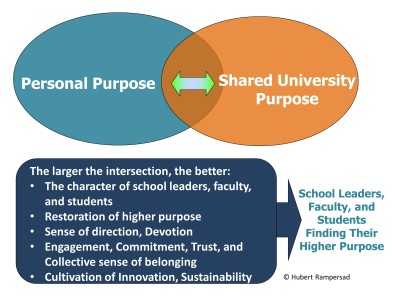
School leaders must communicate their personal purpose to their faculty and coach them in this alignment process. Faculty should do the same with their students. By unifying the shared university purpose with their personal purpose, you will create a strong foundation of peace, integrity, engagement, and learning upon which creativity, productivity, and growth can flourish, and life within the university will become a more harmonious and ethical culture. This will catalyze innovation by encouraging a learning culture of curiosity and exploration in the organization. This process is about getting the optimal fit and balance between these activities to enhance productivity, create a climate of trust, and cultivate a purpose-driven university. This process is needed because school leaders, faculty, and students don’t work, study passionately, or expend energy on something they do not believe in or agree with. If there is an effective match between their interests and those of the university, and if their values and the institution’s values align, they will be actively engaged and motivated. This will create trust, and they will work with outstanding commitment and dedication toward realizing the university’s objectives. When their personal purpose is in harmony with the shared purpose (are compatible) and combined in the best interest of both parties, the results will be the good character of school leaders, faculty, and students, restoration of their higher purpose, trust, engagement, collective sense of belonging, and cultivation of innovation and sustainability. In this way, they are stimulated to commit, act ethically, and focus on those activities that create value for the university, themselves, and others.
Purpose Meeting
I recommend introducing a purpose meeting between school leaders and their faculty and between faculty and their students to build a sustainable higher-purpose culture. This meeting is a periodical, informal, voluntary, trusted, and confidential meeting of half an hour between the parties, aligning the personal purpose with the shared purpose as a topic. The purpose meeting also includes individual coaching. It is recommended to be held structurally at least once every two months. The leader plays a crucial role in this process. He/she should be an empathetic, trusted leader, coach, mentor, and role model. This approach fosters ethical awareness among school leaders, faculty, and students, creating a purpose-driven university. When they see their efforts as part of a greater purpose, they will be more likely to invest their creativity, passion, and energy into their work and work smarter.
A study by Towers Perrin found that instead of matching the right employee to the correct position for long-term success, most US organizations and human resource departments emphasize simply filling the job as quickly as possible. As a result, American organizations are losing money as fast as they lose employees. Getting the optimal fit between personal and shared purpose has become necessary to enhance workforce productivity and stimulate creativity, learning, engagement, commitment, and passion.
Redefining American Higher Education
Instead of creating a purpose-driven university, American universities and colleges focus on corrupt DEI policies. Read “Reimagining DEI” and“How to Measure and Fix DEI”.
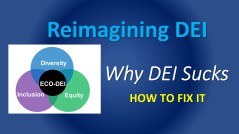
DEI at American universities and colleges does not actually promote inclusivity. It is the opposite of diversity of thought. Students are classified into groups based on their race and heritage. DEI is being used as a cover to justify discrimination. Jews are considered “oppressors” by the DEI system, so the discrimination they face is somehow justified by its believers. This kind of ideology at American universities and colleges needs to be eliminated. Instead of creating an ethical culture of sustainable good governance, incorporating decency, empathy, and personal integrity into the daily lives of school leaders, faculty, and students, American universities and colleges focus solely on formal rules, regulations, guidelines, and race theater. Read “Fostering a Culture of Ethics on Campus, Academic Integrity, and Sustainable Good Governance at American Universities.”
Read “Things About Sustainability, Innovation, and Creativity You Don’t Learn at Universities.“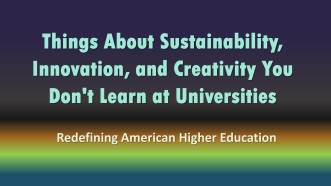
Read “How STEM Education is Failing in the Age of AI’.
Purpose-driven University
Developing a purpose-driven university requires constant reinforcement of the two discussed alignment processes, as shown in the holistic purpose-driven university model. This benefits society and contributes to the betterment of humanity. To maintain ethical resonance with the audience and to transform society for the better, decency, empathy, personal integrity, and higher purpose must be incorporated into a continuous learning process and ethical culture at American universities. These values should be instilled in all school leaders, faculty members, and students and cultivated from within. The higher their personal integrity, attentiveness, and empathic skills, the more purpose-driven the university will be.
The effective combination of all six phases in the purpose-driven university model fosters a culture of sustainable innovation, belonging, engagement, personal integrity, transparency, and accountability. Based on this never-ending continuous improvement cycle, American universities and colleges will restore the purpose of higher education, which is to form high students’ character sustainably. Read also: “Sustainable Innovation Fueled by Purpose-Driven Culture.”
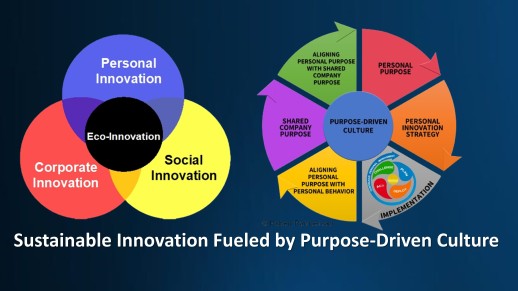
Hubert Rampersad, Ph.D.
If you’re interested in gaining more knowledge about this program, you may want to consider joining our Orlando–Tampa Live Events:
How to Restore the Higher Purpose of American Higher Education
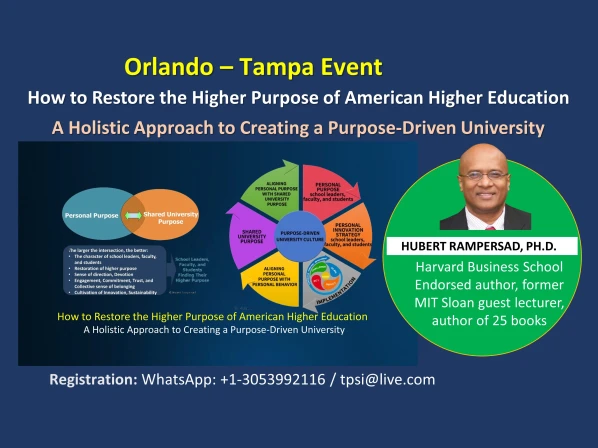
Cultivating Authenticity, Integrity, Empathy, and Critical Thinking in the Age of AI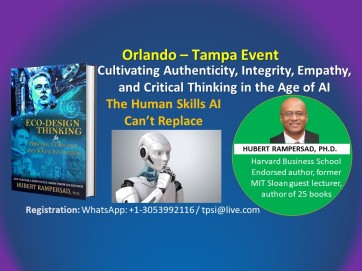
Purpose-Driven and Human-Centered AI
Hubert Rampersad, Ph.D., founded the Center of Excellence in Human-Centered and Purpose-Driven AI Innovation in Orlando. He is a visionary leader in innovative solutions for genuine sustainability, disruptive design innovation, critical thinking in the age of AI, human-centered and purpose-driven AI, and entrepreneurial leadership. He holds a Ph.D. in Innovation Sciences, an MSc in Technology Engineering & Robotics, and a BSc in Mechanical Engineering from leading accredited universities in the Netherlands (Delft University of Technology, Eindhoven University of Technology). He is a well-known futurist, advocating for genuine sustainability on a global scale. With extensive knowledge and expertise, he has authored 25 books on the topics above in many languages and is highly regarded for his insights in these fields. One of his books, “Total Performance Scorecard,” has been published in 20 languages. Dorothy Leonard, an innovation professor at Harvard Business School, wrote the book’s foreword. Rampersad has also previously served as a guest lecturer at MIT Sloan and was featured in BusinessWeek. He was a senior design innovation coach at ASML, the most important tech company in the world and “Europe’s most valuable tech firm“.
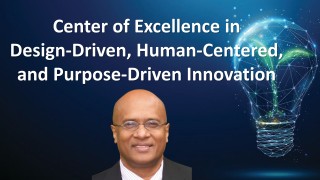
Orlando, Florida | tpsi@live.com | Phone/WhatsApp: +13053992116
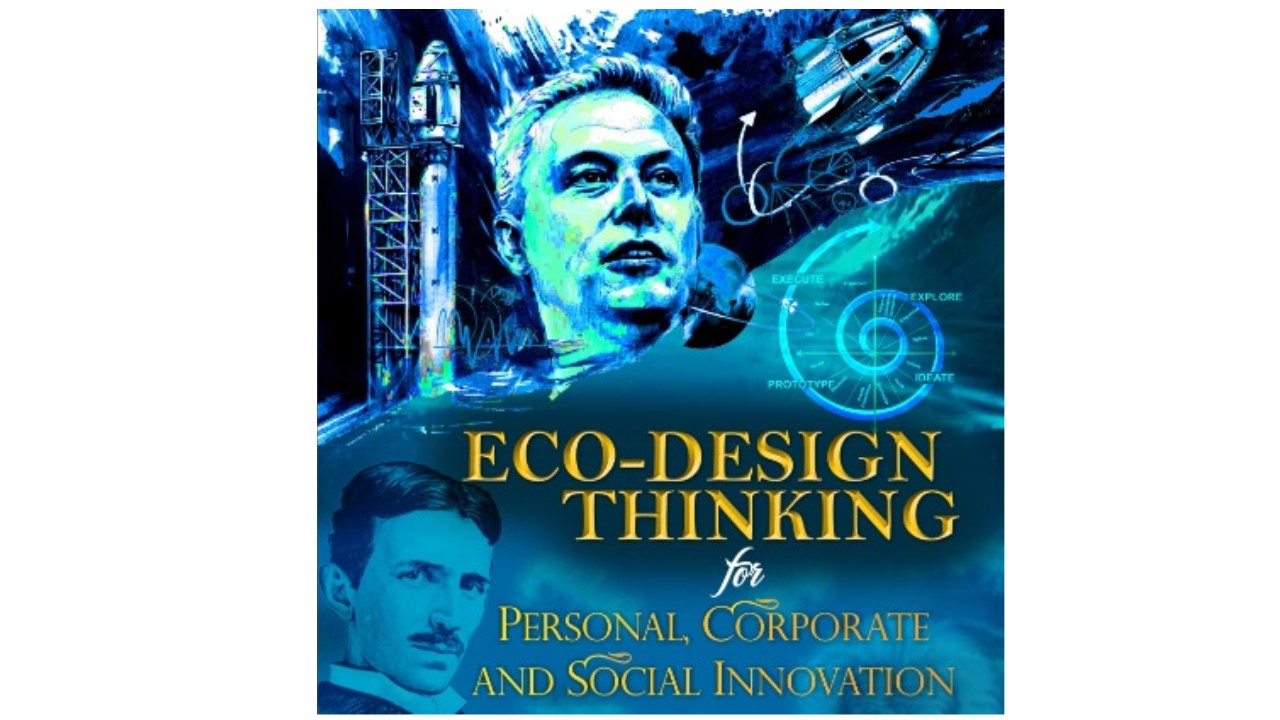



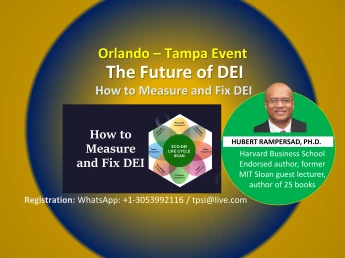

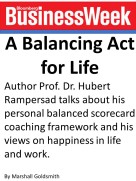


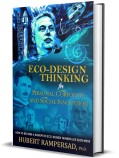
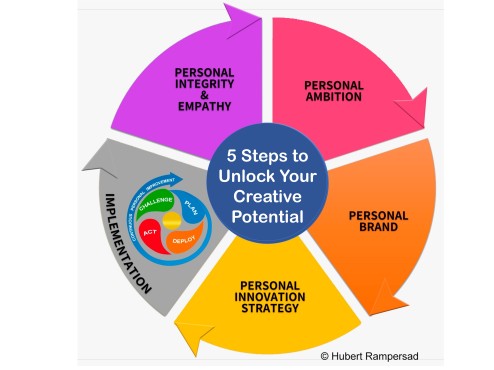
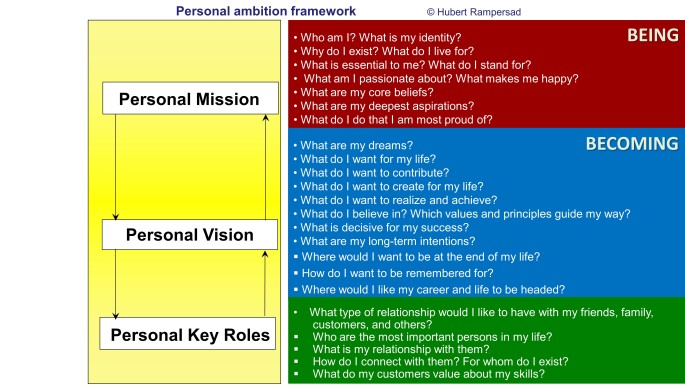
 Remember Nikola Tesla’s statement: “Being alone is when ideas are born. This is the secret of innovation”. Albert Einstein said almost the same: “Albert Einstein said almost the same: “Be a loner. That gives you time to wonder, to search for the truth. Have holy curiosity. Make your life worth living”.
Remember Nikola Tesla’s statement: “Being alone is when ideas are born. This is the secret of innovation”. Albert Einstein said almost the same: “Albert Einstein said almost the same: “Be a loner. That gives you time to wonder, to search for the truth. Have holy curiosity. Make your life worth living”. It is to strive for greater collective enlightenment.” By focusing inwardly and reflecting on your actions through self-examination with breathing and silence exercises, you can gain insights about yourself and your life’s purpose. This is what Einstein wanted to know.
It is to strive for greater collective enlightenment.” By focusing inwardly and reflecting on your actions through self-examination with breathing and silence exercises, you can gain insights about yourself and your life’s purpose. This is what Einstein wanted to know.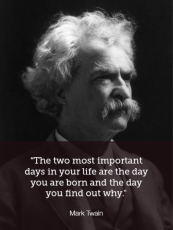 become more conscious of yourself, gain more creativity, and become a critical thinker. The thinking process and mindset changes are meant to prepare you for action as a proactive, empathic, and ethical critical thinker. Based on insights acquired through this process, you will also become more self-assured and work smarter through self-learning and self-knowledge. You become more creative and innovative as you grow more conscious of yourself. The words of Galileo Galilei may also be
become more conscious of yourself, gain more creativity, and become a critical thinker. The thinking process and mindset changes are meant to prepare you for action as a proactive, empathic, and ethical critical thinker. Based on insights acquired through this process, you will also become more self-assured and work smarter through self-learning and self-knowledge. You become more creative and innovative as you grow more conscious of yourself. The words of Galileo Galilei may also be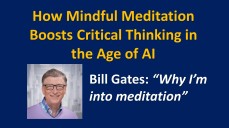




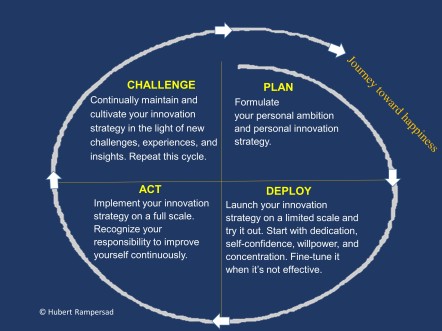
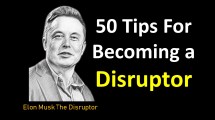
 AI users must balance their personal ambition with their current behavior and actions to develop personal integrity and empathy. Finding a balance between personal ambition and actions is crucial to achieving sustained personal integrity and empathy. During this alignment process, it is essential to reflect honestly on the following questions: What are my personal values, and how do they align with my actions? How can I ensure that my actions are consistent with my values? What are the potential consequences of my actions toward others? How can I empathize with others and understand their perspectives? Am I staying true to my values and conscience in my actions? Are my thoughts and actions aligned consistently? How do my values and intentions relate to my current behavior? Is there congruity between my thoughts and my actions? Am I always acting according to my personal ambition and empathetic nature? Does my personal ambition reflect my desire to work with ethics and empathy? Are there any discrepancies between my personal ambition and my empathetic actions? Do I keep the promises I make to myself? How do others perceive me and my values? Do they see me as someone who stays true to my core beliefs and remains authentic to myself?
AI users must balance their personal ambition with their current behavior and actions to develop personal integrity and empathy. Finding a balance between personal ambition and actions is crucial to achieving sustained personal integrity and empathy. During this alignment process, it is essential to reflect honestly on the following questions: What are my personal values, and how do they align with my actions? How can I ensure that my actions are consistent with my values? What are the potential consequences of my actions toward others? How can I empathize with others and understand their perspectives? Am I staying true to my values and conscience in my actions? Are my thoughts and actions aligned consistently? How do my values and intentions relate to my current behavior? Is there congruity between my thoughts and my actions? Am I always acting according to my personal ambition and empathetic nature? Does my personal ambition reflect my desire to work with ethics and empathy? Are there any discrepancies between my personal ambition and my empathetic actions? Do I keep the promises I make to myself? How do others perceive me and my values? Do they see me as someone who stays true to my core beliefs and remains authentic to myself?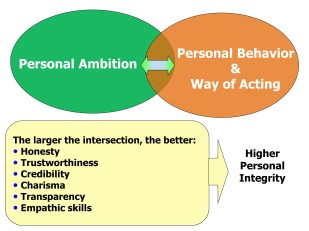
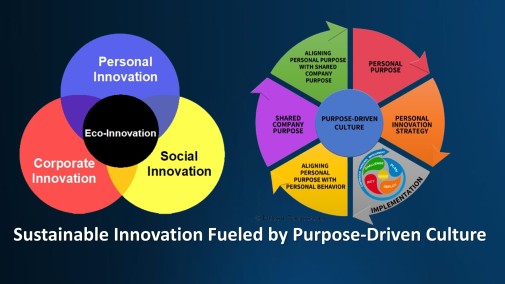

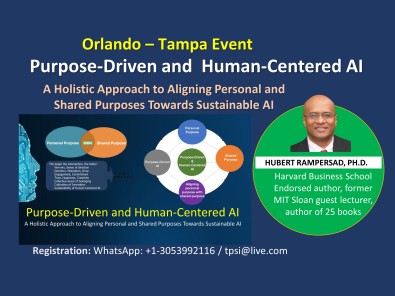
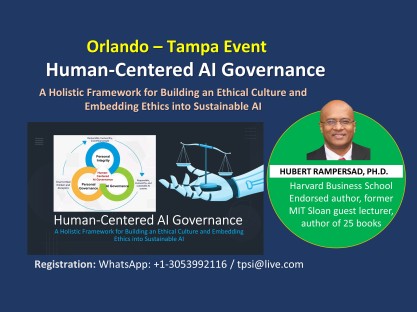
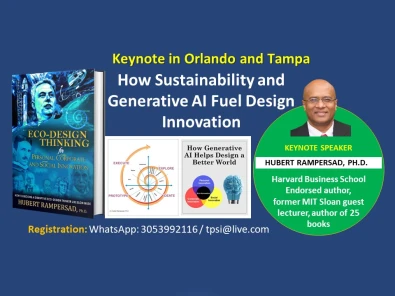
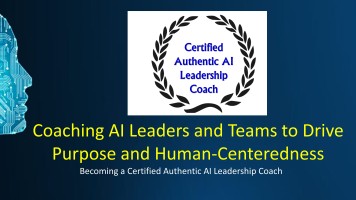
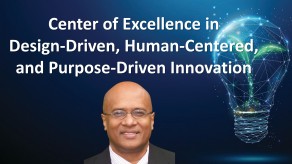

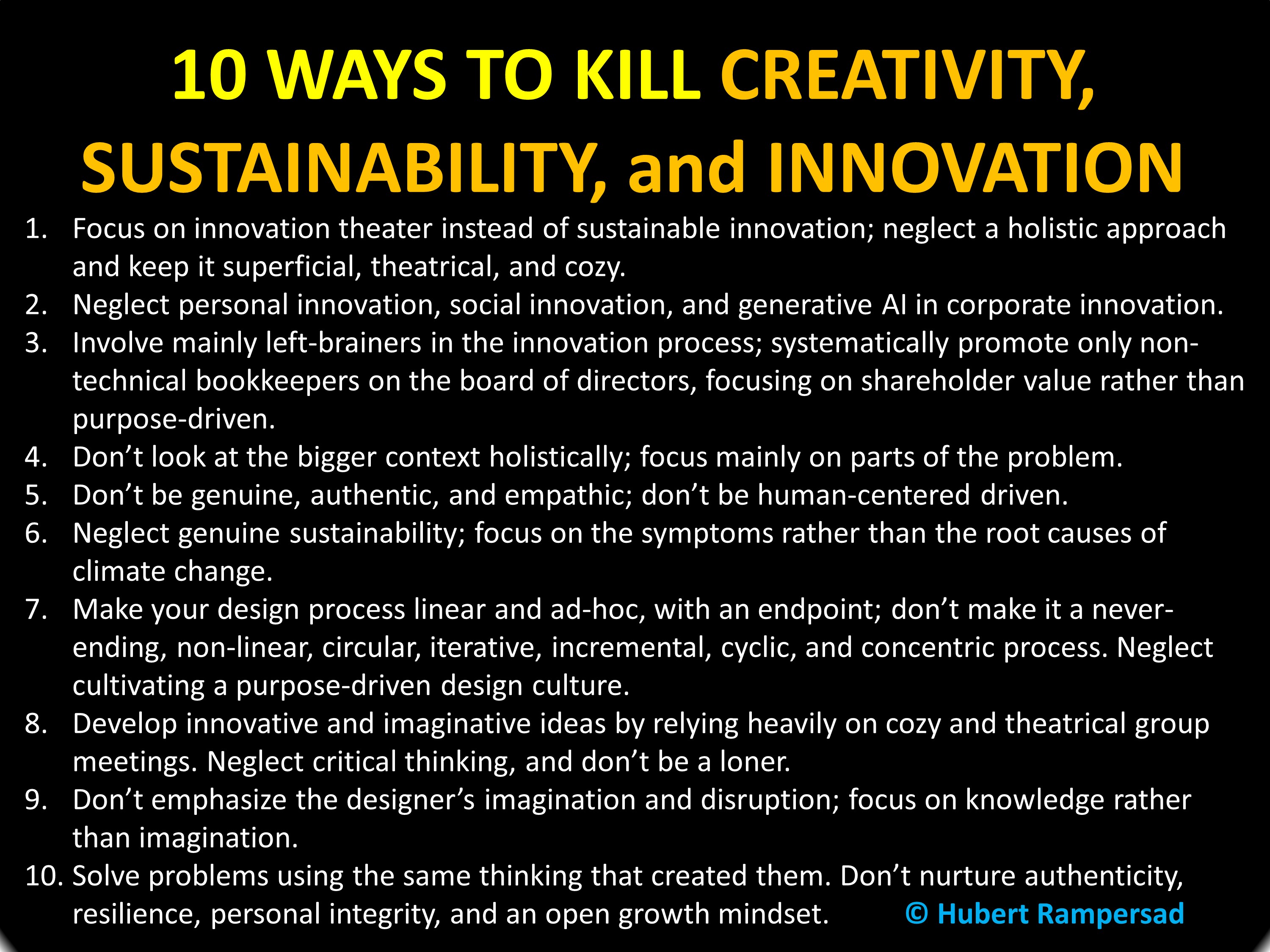
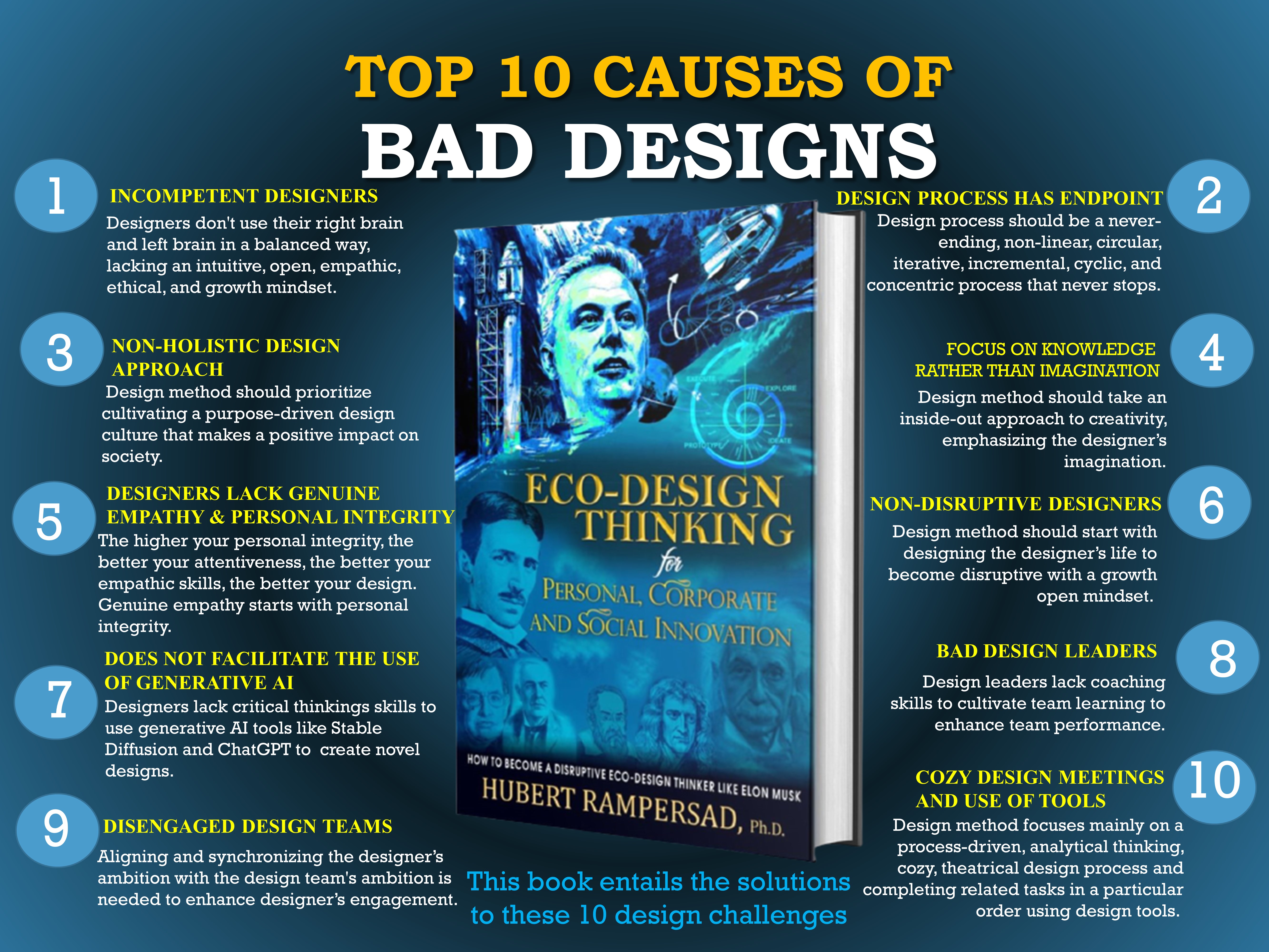



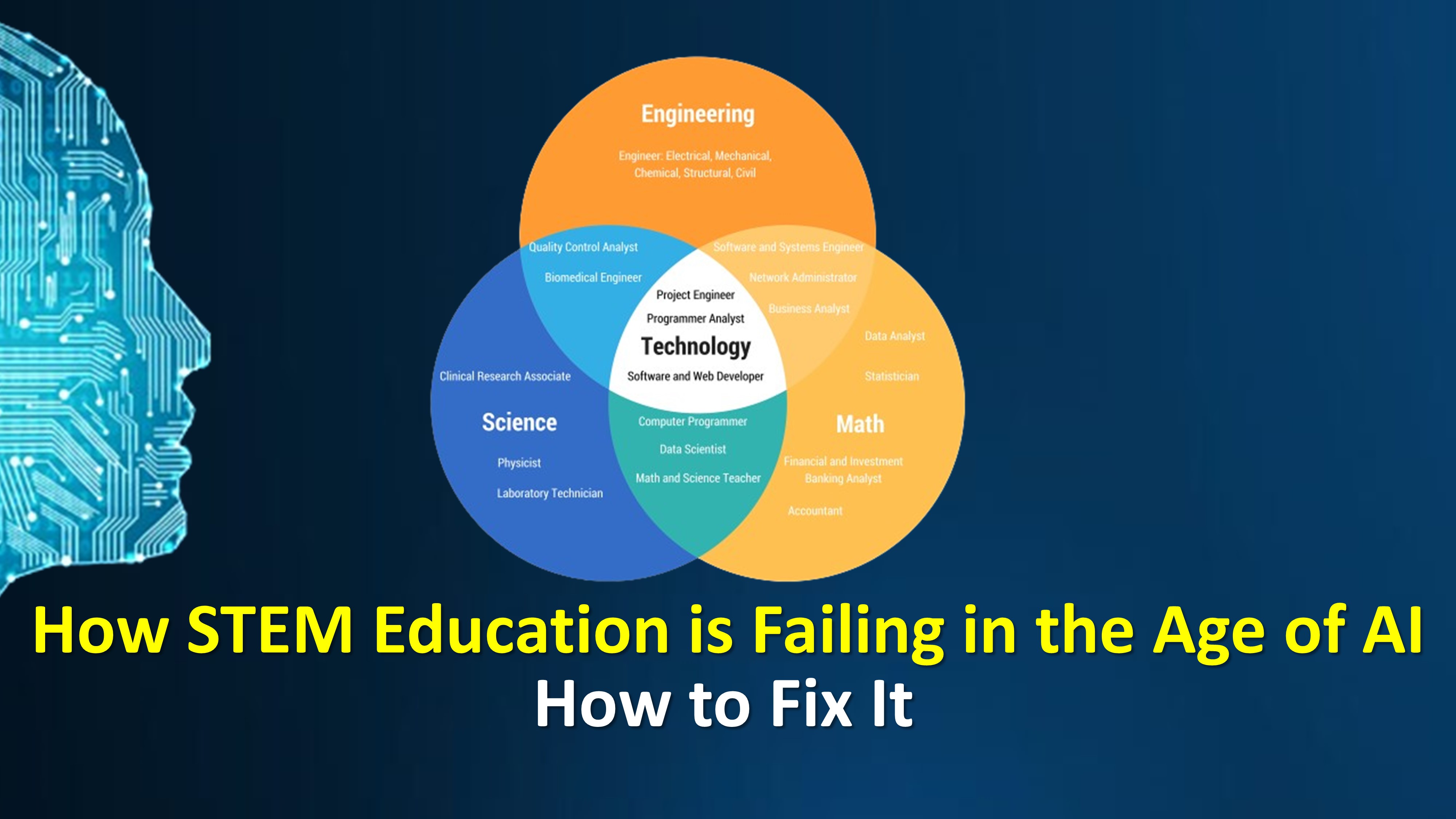
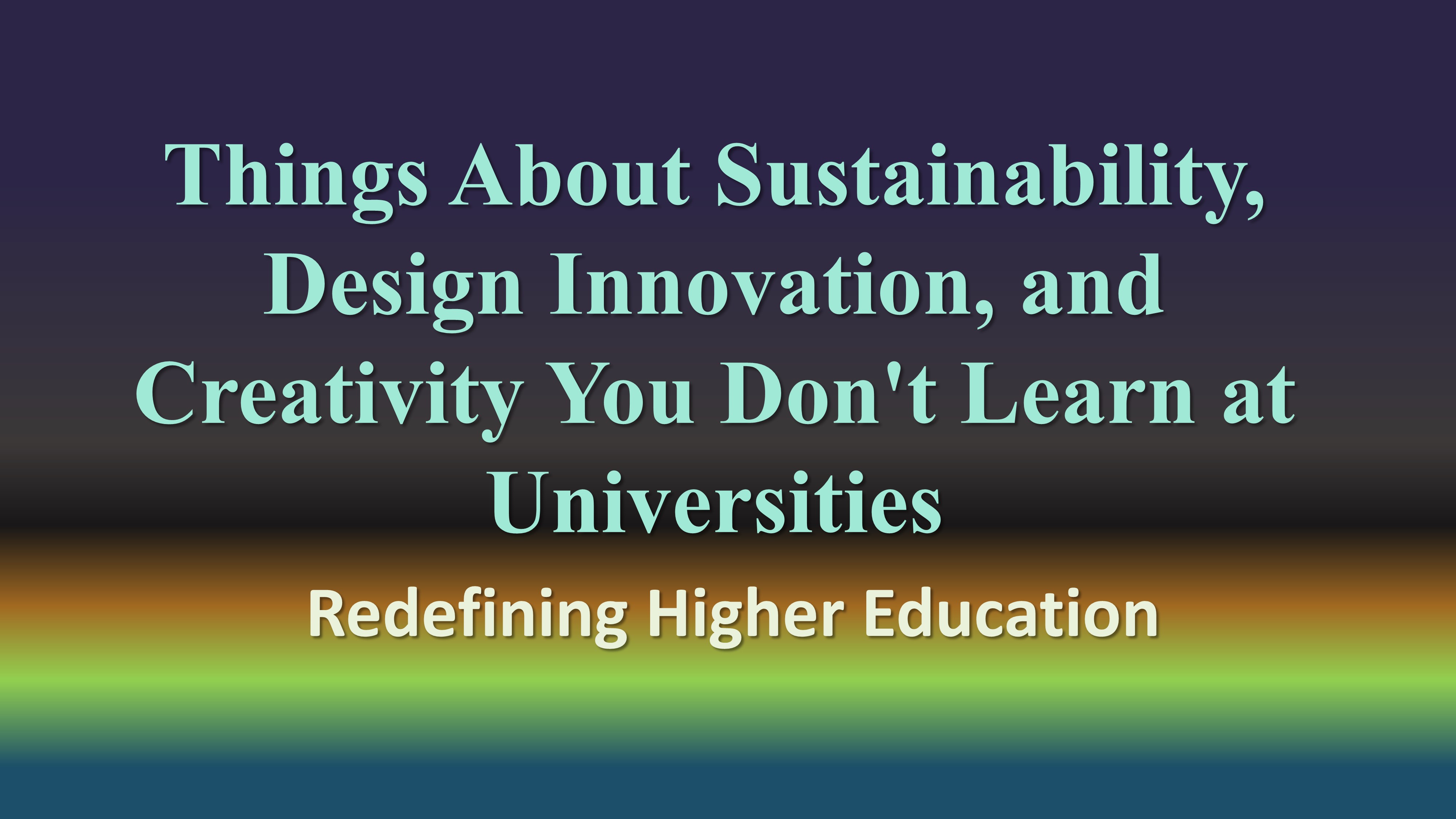


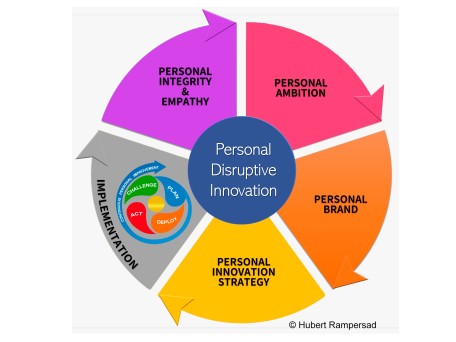
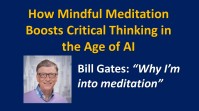
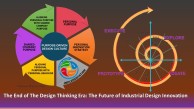
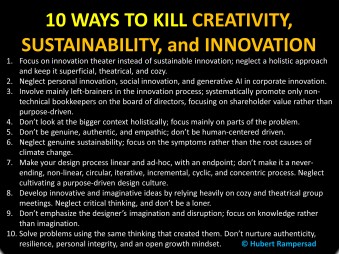


 s “
s “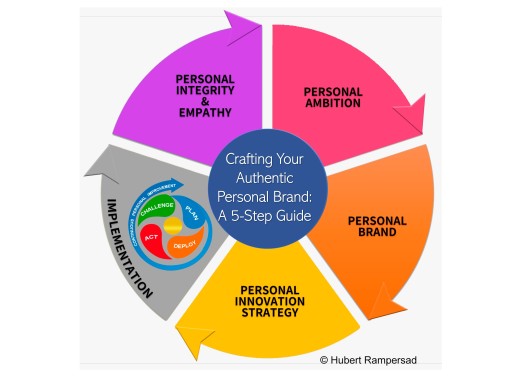
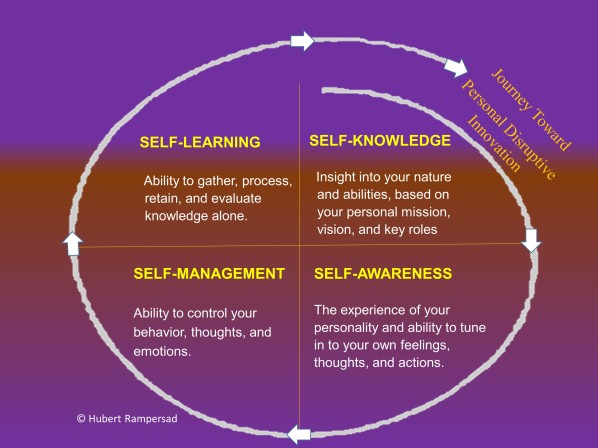
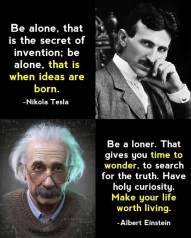 Remember Nikola Tesla’s statement: “Being alone is when ideas are born. This is the secret of innovation”. Albert Einstein said almost the same: “Albert Einstein said almost the same: “Be a loner. That gives you time to wonder, to search for the truth. Have holy curiosity. Make your life worth living”.
Remember Nikola Tesla’s statement: “Being alone is when ideas are born. This is the secret of innovation”. Albert Einstein said almost the same: “Albert Einstein said almost the same: “Be a loner. That gives you time to wonder, to search for the truth. Have holy curiosity. Make your life worth living”.
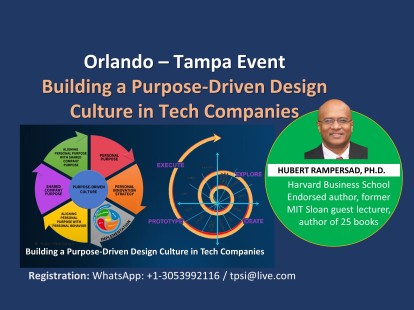
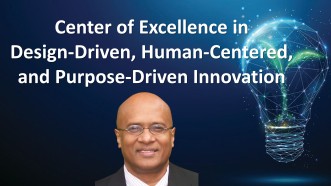




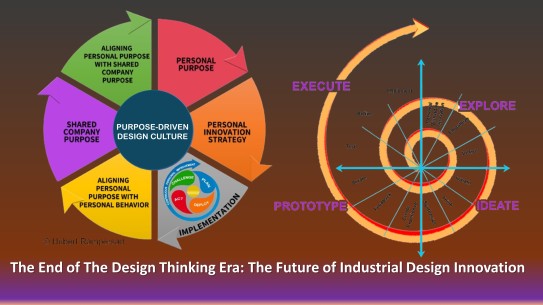

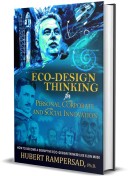


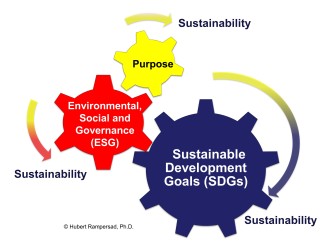
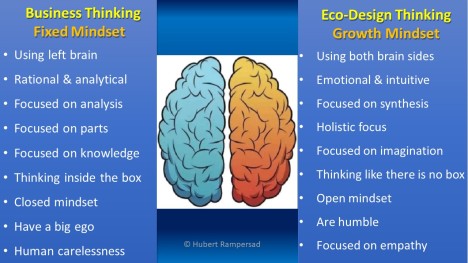
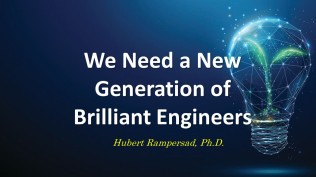
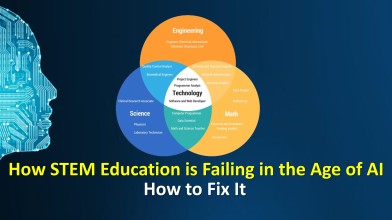

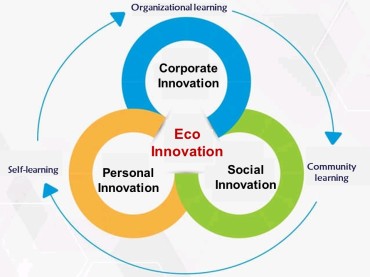
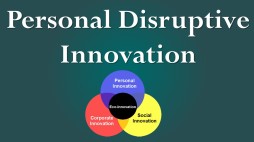

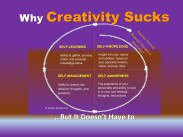

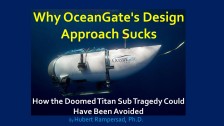
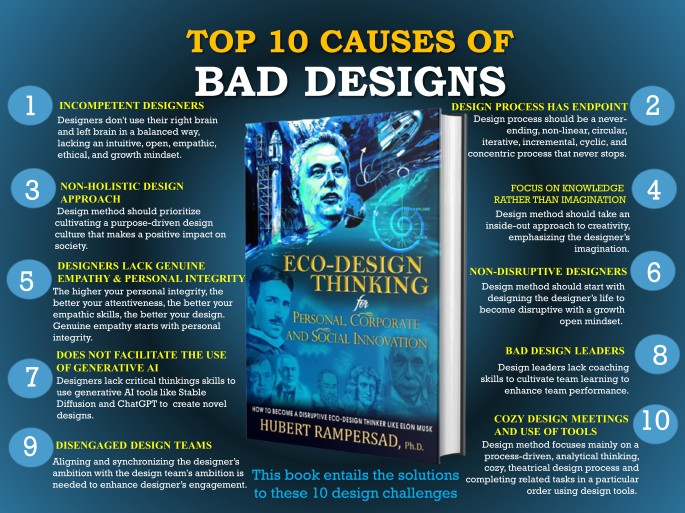

 Eco-design thinking is a circular and iterative process that has no endpoint. The model consists of various stages that may form iterative loops and do not need to follow a specific sequence. Every iteration brings forth fresh insights. It is recommended that this process be repeated until the issues of the designer and end-user reach an acceptable level. Eco-design thinking is a continuous and circular process that requires testing and refining your design while empathizing with yourself, the users, and the environment. At any design stage, generative AI tools can produce the best empathic design customized to the end-user’s needs and the environment.
Eco-design thinking is a circular and iterative process that has no endpoint. The model consists of various stages that may form iterative loops and do not need to follow a specific sequence. Every iteration brings forth fresh insights. It is recommended that this process be repeated until the issues of the designer and end-user reach an acceptable level. Eco-design thinking is a continuous and circular process that requires testing and refining your design while empathizing with yourself, the users, and the environment. At any design stage, generative AI tools can produce the best empathic design customized to the end-user’s needs and the environment.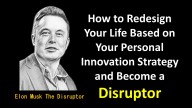
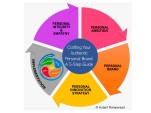
 Designers can leverage GPTs to enhance the customer experience by delivering personalized recommendations and content. The customized AI algorithms can analyze user behavior and preferences to increase engagement and satisfaction.
Designers can leverage GPTs to enhance the customer experience by delivering personalized recommendations and content. The customized AI algorithms can analyze user behavior and preferences to increase engagement and satisfaction.


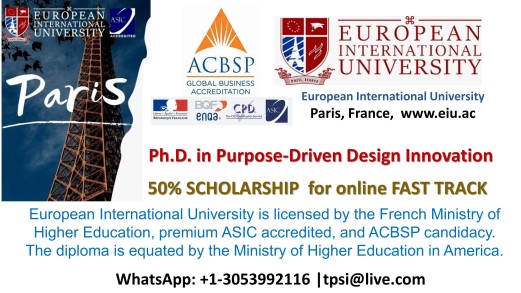

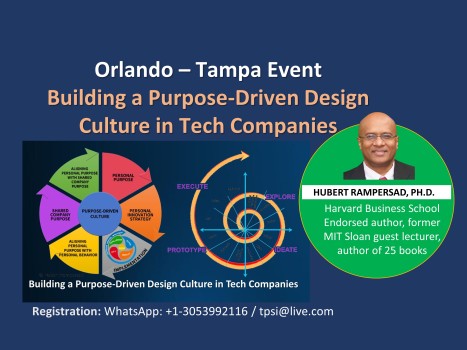
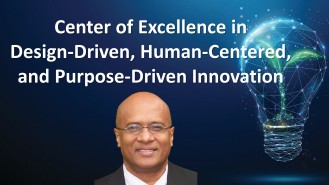

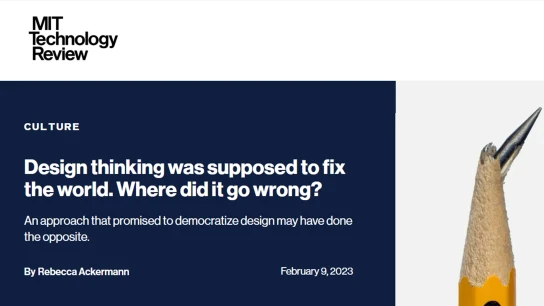
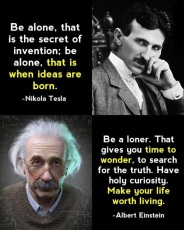 gravity while in social isolation. Remember what Nikola Tesla said: “Being alone is when ideas are born. This is the secret of innovation”. Albert Einstein said almost the same: “Be a loner. That gives you time to wonder, to search for the truth. Have holy curiosity. Make your life worth living”. Personal disruptive innovation is the secret. It creates an environment for the designer to wonder and be curious and imaginative.
gravity while in social isolation. Remember what Nikola Tesla said: “Being alone is when ideas are born. This is the secret of innovation”. Albert Einstein said almost the same: “Be a loner. That gives you time to wonder, to search for the truth. Have holy curiosity. Make your life worth living”. Personal disruptive innovation is the secret. It creates an environment for the designer to wonder and be curious and imaginative.